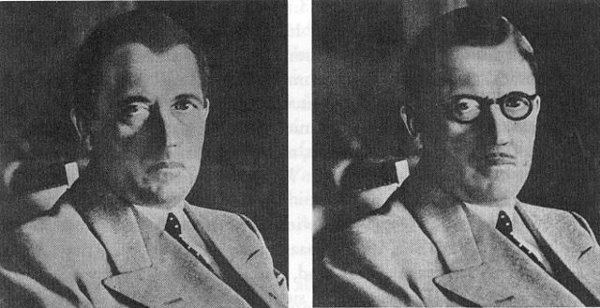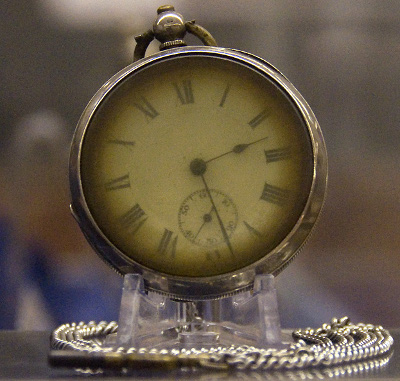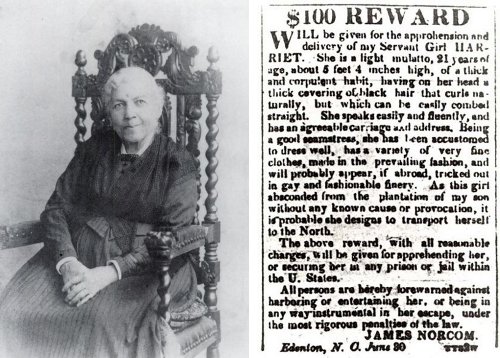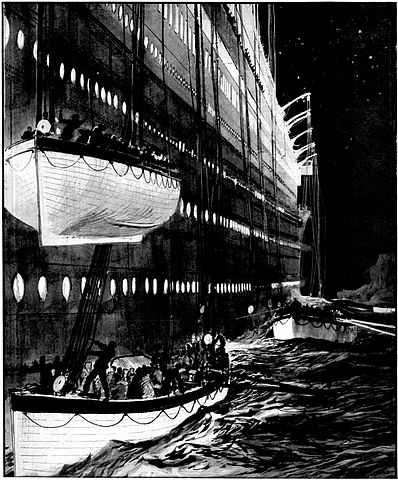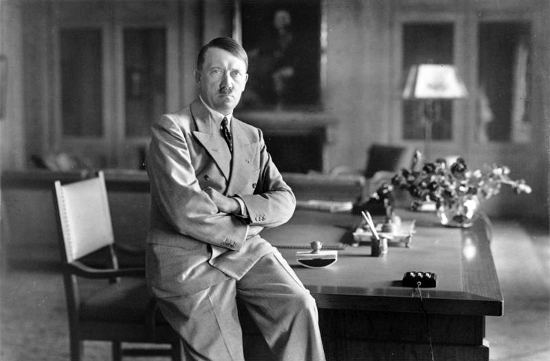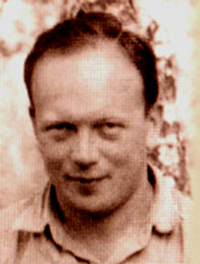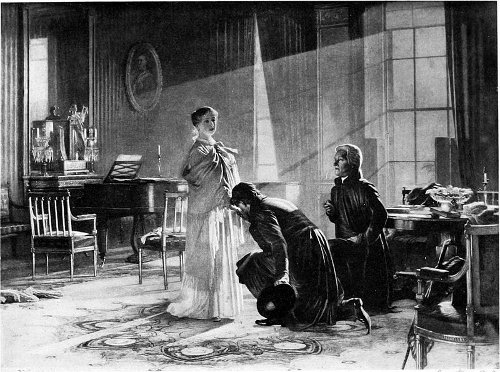In summer 1940, Germany demanded access to Swedish telephone cables to send encoded messages from occupied Norway back to the homeland. Sweden acceded but tapped the lines and discovered that a new cryptographic system was being used. The Geheimschreiber, with more than 800 quadrillion settings, was conveying top-secret information but seemed immune to a successful codebreaking attack.
The Swedish intelligence service assigned mathematician Arne Beurling to the task, giving him only a pile of coded messages and no knowledge of the mechanism that had been used to encode them. But after two weeks alone with a pencil and paper he announced that the G-schreiber contained 10 wheels, with a different number of positions on each wheel, and described how a complementary machine could be built to decode the messages.
Thanks to his work, Swedish officials learned in advance of the impending invasion of the Soviet Union. Unfortunately, Stalin’s staff disregarded their warnings.
“To this day no one knows exactly how Beurling reasoned during the two weeks he spent on the G-Schreiber,” writes Peter Jones in his foreword to The Codebreakers, Bengt Beckman’s account of the exploit. “In 1976 he was interviewed about his work by a group from the Swedish military, and became extremely irritated when pressed for an explanation. He finally responded, ‘A magician does not reveal his tricks.’ It seems the only clue Beurling ever offered was the remark, cryptic itself, that threes and fives were important.”
(Thanks, John.)

